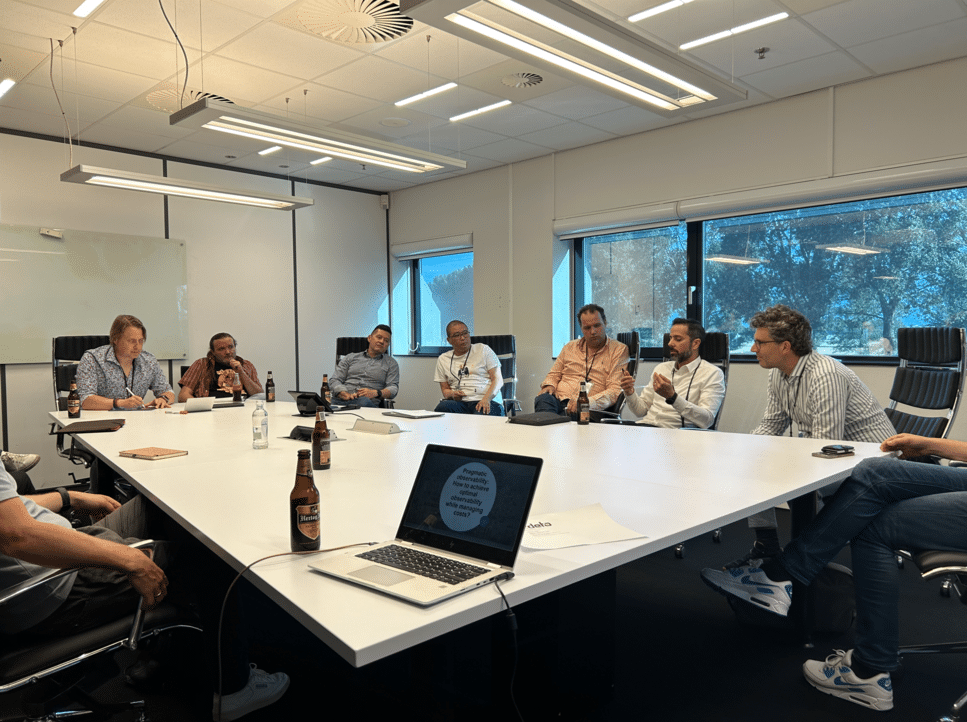Software development is rapidly changing. As platform and business needs evolve, programming languages, frameworks and technologies can emerge, rise to fame, and then fade away as quickly as they started. To keep up with this rapidly changing economy, developers need to be constantly learning new skills.
With all of these changes, and with the influx of so many programming languages, it can be difficult for developers to know what they should learn to stay relevant and give them the competitive edge. As businesses move towards digital transformation and technological innovation, the most in-demand languages are now those that can be utilised to build new softwares and platforms that help drive these transformations forward.
So which languages are currently the most in-demand? And which will be harnessed to push businesses forward in the digital age?
To help you out, we’ve compiled a list of the top 10 most in-demand programming languages of 2019.
Java
Despite decreasing in popularity by about 6,000 job postings in 2018 compared with 2017, the fact that Java is established as a versatile open-source language makes it a given that it will remain an in-demand skill for the foreseeable future.
Having been around for over 20 years, the language is virtually omnipresent and is used by millions of developers and billions of devices worldwide. With 500 companies using Java as a server-side language for backend development, and nearly every android app being built on the language, there is no sign of the demand for this skill slowing down.
Python
In contrast to Java, Python has increasingly grown in popularity. This is unsurprising considering the fact the general-purpose language is widely used for web development and as a support language for software developers, as well as being used in scientific computing, data mining and machine learning.
With the continued growth and demand for machine learning, and as businesses move towards technological innovation and digital transformation, the need for Python will only continue to grow.
JavaScript
Currently used by over 80% of developers, and by 95% of all websites for dynamic log, it isn’t surprising that JavaScript remains one of the most in-demand programming languages.
As with Python, the drive for digital transformation will only see JavaScript continue to rise in popularity. With several front-end frameworks for JavaScripts, such as React and Angular JS, having huge future potential as IoT and mobile devices become more popular, it’s unlikely the demand for JavaScript will drop anytime soon.
C++
An extension of the old school “C” programming language, C++ is usually used for system/application software, game development, drivers, client-server applications and embedded firmware. Despite growing competition from newer, faster, and somewhat easier-to-learn languages, it remains a top software development tool for the operation and maintenance of many legacy systems being used in large enterprises – meaning the demand for it will remain.
C#
An object-oriented programming language from Microsoft, C# aims to make software development quicker and easier than Microsoft’s earlier languages. As a result, like C++, C# is widely used in game development and to power new software.
As with JavaScript and the surging demand for machine learning capabilities, C# is firmly in the realm of those languages whose demand is being driven by the push for emerging technologies, and its popularity will only continue to grow as businesses rush to catch up to competitors.
PHP
PHP, a scripting language used on the server side, is used by many developers to either add functions that HTML can’t handle or to interact with MySQL databases. With such a common use, it is still a skill that is in demand.
Perl
Whilst Perl 5 and Perl 6 are still popular choices among system and network administrators and serve as a ‘glue language’ to connect different software components, out of all the languages on the list, Perl is consistently the least in demand.
Having dropped by about 3,000 job postings from last year, the older language is definitely a core skill to have, but probably won’t be the most eye catching skill on your CV.
Swift
Released in 2014, Swift is the programming language for iOS and macOS and is definitely up-and-coming. Whilst many job postings are asking for ‘iOS’ experience without specifically naming the language required, the language has been growing in popularity since it launched, according to IEEE, Spectrum and Stackify.
R
Ranked as the ‘least-disliked’ language on a recent Stack Overflow survey, and rising in popularity internationally. R’s growth is most likely the result of an increasing number of big data analysis jobs.
Rust
Currently a niche and relatively obscure language, Rust is steadily growing in popularity, if Google Trends data is anything to go by. This is one to keep an eye on if you like to be ahead of the curve when it comes to new languages.
Are you on the hunt for your next developer role? If so, get in touch with one of our specialised consultants today to find out how they can help.




